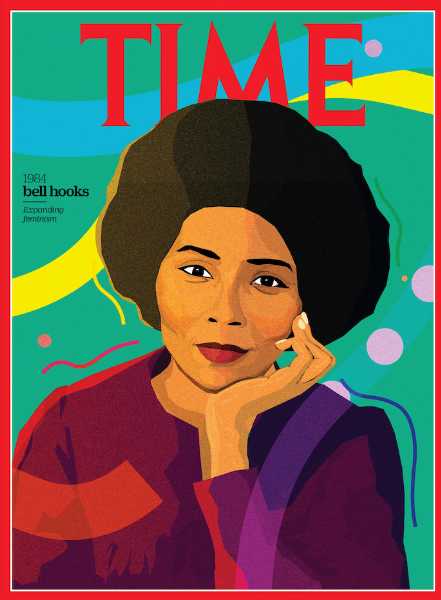Feminist Theory

Feminism is a cluster of social and political movements as well as theories that promote equality of genders. Some branches emphasize commonality among genders, while others attend to essential differences. Mary Wollstonecraft, author of A Vindication of the Rights of Woman in 1792, is often credited as a founder of feminism.
The pandemic of Covid-19 has fueled intersectional forms of hatred and fear that have coalesced around race and gender. In particular, antifeminist, white nationalist, (trans)misogynist, and anti-immigrant movements use “genderism” (Butler 2021) to evoke a range of disruptive identities and to attack legal and social human rights. Even before recent global crises, however, gender has always structured our society and cultural activities, influencing how we read history’s relevance to our times and how we read forward to shape contemporary performance practices.
At least a century of development was behind the concept we now regard as common sense, namely that gender is a social script on a continuum. With the endocrinological discovery of the universal presence of male and female sex hormones in humans in the 1930s, psychoanalysts and biochemists began developing a theory where humans have inherent features of both sexes. Following the discovery, Lewis Terman and Catherin Cox Miles proposed a seven-part scalar instrument for diagnosing sex psychology, and anthropologists Ruth Benedict and Margaret Mead laid the groundwork for relative gender norms.
The distinction of gender and sex was a major milestone in the 1950s. Based on his research of the condition of intersex, New Zealand-American sexologist John Money used gender to refer to a person’s “outlook, demeanor, and orientation” in 1955. He further defined a gender role as “all those things that a person says or does to disclose himself or herself as having the status of boy or man, girl or woman.”
In the 1990s, the critical consensus shifted away from a focus on anatomy to ·social articulations of gender practices. As important as voting rights and abortion are as key topics, some feminists began calling attention to the so-called private sphere, such as family, sexuality, and the body. As the Stanford Encyclopedia of Philosophy states, “in thinking about care, feminists have asked questions about the nature of the self; in thinking about gender, feminists have asked what the relationship is between the natural and the social; in thinking about sexism in science, feminists have asked what should count as knowledge.”
Further Reading
Some of these resources may only be accessible with George Washington University credentials.
McAfee, Noëlle. “What Is Feminism?” In The Stanford Encyclopedia of Philosophy, 2018.
Sarah Banet-Weiser, Empowered: Popular Feminism and Popular Misogyny (Duke University Press, 2018)
